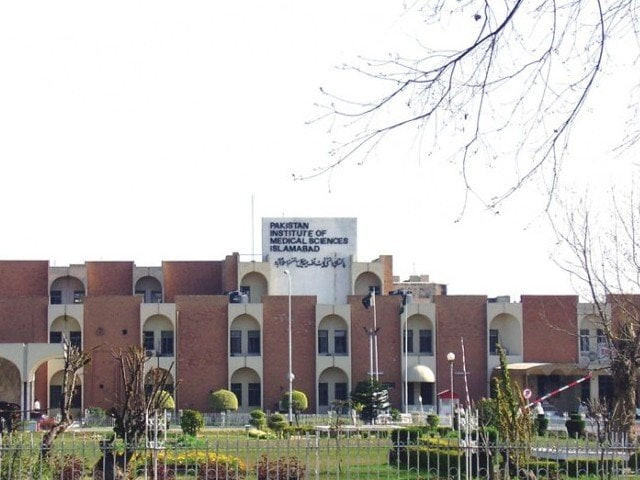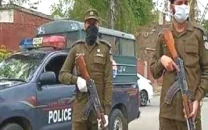PIMS stretched thin: Population growth outpaces capital’s healthcare capacity
Largest referral hospital faces shortage of funds, doctors and paramedics

Largest referral hospital faces shortage of funds, doctors and paramedics
As the capital’s population continues to grow, the pressure on existing public sector healthcare facilities mount, as no new facilities have been set up during the last 30 years.
A lack of primary and secondary healthcare facilities in the rural areas of the country and adjoining districts of the city have resulted in enormous pressures on the already over-capacity hospitals, particularly Pakistan Institute of Medical Sciences (PIMS).
The quality of treatment and healthcare facilities at the institute are on the decline, owing to an influx of patients from all over the country, shortage of doctors, medicines and mismanagement.
However, the hospital management blames the shortage of funds for the sorry state of affairs.
PIMS has witnessed a 350 per cent increase in the number of patients while its budget has only been raised by a meagre 8 per cent, an official said.
Dr Javed Akram, vice-chancellor of Shaheed Zulfikar Ali Bhutto Medical University (SZABMU) and PIMS, told The Express Tribune that in the fiscal year 2015-16 PIMS had asked for a Rs4.27 billion budget but had only been allocated Rs3.41 billion by the ministry of finance – 25 per cent less than it had demanded.

He shared that a major chunk of the budget was for staff rather than for the improvement of existing facilities.
The wrong kind of growth
The hospital was established in 1985. From 1987-88, when it was first made operational, the hospital had only 586 beds, with about 782 patients visiting the out-patient department (OPD) daily. Today, 9,000 patients visit the OPD every day.
The number of patients admitted to the hospital has seen a 1,000 per cent increase, with 200 patients being admitted every day, as compared to only 14 patients per day between 1987 and 1988. The highest influx of patients has been in the emergency department, with a rise of 1,632 per cent.
However, the number of beds in the hospital today is only 1,171 in various departments, including 242 beds in the children’s hospital, 151 in the Mother and Child Health Centre, and 117 in the cardiac centre.
Currently, the hospital requires a huge budget to improve its existing infrastructure, including maintenance of hospital building, electro-medical equipment and hospital waste disposal system.
Dr Akram said there is a need for at least four new hospitals in the city to accommodate the increasing number of patients.
“In the last 30 years, no new hospital has been established to cater the needs of the growing population of Islamabad which has increased to four times its original size, while referral cases have also multiplied in the absence of a centralised referral system and due to the [good] reputation of PIMS,” he said.
PIMS, which is also a teaching hospital, is facing a shortage of teaching staff despite approval of the posts. Similarly, there is an inadequate number of nursing staff, paramedics and support staff at the hospital.
Dr Akram said, “We will have to devise short, medium and long-term plans to meet the growing needs of the healthcare facilities.”
He said that the short-term solutions should be implemented within the next year while the medium and long term solutions can be put in place in the next few years.
Published in The Express Tribune, February 8th, 2016.


















COMMENTS
Comments are moderated and generally will be posted if they are on-topic and not abusive.
For more information, please see our Comments FAQ